Editor’s note: the following is a guest post contributed by Niraj Rout, the Founder of Hiver, a customer support tool built on top of Gmail.
When I started Hiver a few years back, I thought I had a fair amount of knowledge about link building strategies for SEO. Now when I look back, I realize how wrong I was – the early stages were wrought with failures.
Link building strategies for Software as a Service (SaaS) companies are not the same as they are for other industries. The market is extremely competitive, SaaS keywords normally lack buying intent, and the churn rates are usually higher.
It took us a bit of time to figure this all out. So, after plenty of trial and error, we have now finally reached a place where we have a good SEO for SaaS strategy in place that has been fetching positive results.
I’d like to share my hard-earned knowledge with you so that you don’t have to spend too much time and resources on figuring out how to build links to support your company’s web authority.
What Is Link Building?
Firstly, you need to understand that even though link building has changed over the years, it still plays an important role in achieving a higher search engine ranking. This is because external links to your site contribute to your overall website strength. Website strength, or the measure of how authoritative the search engines consider your site to be, is largely determined by the number of other important pages linking to your website (including the homepage and all other pages within the domain). The key to success is to adopt a modernized approach where your seo link building tactics are integrated into your overall marketing strategy.
According to Rand Fishkin, most link building efforts can be broadly categorized into these three segments – Outreach, Broadcast, and Paid amplification.
1. Outreach involves one to one personalized communication aimed at building relationships with individuals, organizations, and influencers relevant to your industry to help increase the awareness and visibility of your brand. It could be sent in the form of an email, a DM over social media, a tweet, a phone call, a comment on their blog post, etc.
2. Broadcast involves sending out a message to a mass audience hoping that someone will pick it up and cover it. Among these so-called one-to-many tactics are bulk e-mail or an e-mail subscription or a newsletter. Other forms of broadcasting include press releases and blog posts.
3. Paid amplification includes social ads, native ads, retargeting, display, or a combination all of these different formats.
In Hiver’s case, we have tried all three, but one-to-one outreach has resulted in better outcomes. You may have to spend more time on research, but it is much cheaper and yields better results over time. The key is to create and nurture these relationships over the course of time. This targeted approach will yield great results.
Steps Involved in the Outreach Process
1. Identify your niche
Defining your niche clearly will help you reach out to the right people. Reaching out to irrelevant influencers will not fetch you results. For example, it doesn’t make much sense to approach an influencer who specializes in cyber security if you run an email marketing tool.
What we do: Hiver has established a set of keywords that are relevant to our business. Among our keywords are “collaboration tools”, “productivity tools”, and “productivity hacks.”
2. Identifying the Influencers
According to ogilvy.com, the many faces of influencers include:
- Journalists
- Academics
- Industry analysts
- Professional advisors
- Celebrities
- Individual brand advocates
That’s a lot of people to consider, and picking the right influencers can significantly impact the success of your linkbuilding campaign. This calls for a targeted approach.
What we do: We try to zero-in on influencers who write or share about a topic from our list of keywords on their blogs or social media profiles. For this, we use content discovery tools such as EpicBeat, FlipBoard, DrumUp, Scoop.it, BuzzSumo, etc.
3. Rapport Building
Sending email pitches to influencers out of the blue doesn’t work anymore. Most of these influencers or blog administrators get 10-20 pitches every day, so there is a high chance of your email getting lost or ignored.
What we do: We follow a step-by-step approach where we make use of platforms such as Twitter, LinkedIn, Google Plus, and the comments section of the influencer’s blog to establish rapport with the influencers. Here’s how we engage with them:
- Share their content on our social network profile
- Post an informed comment on their blog
- Learn from their content, implement their ideas and share the results with them
- Sign-up for the blogger’s email list
- Engage with them on Twitter/LinkedIn
- Send the outreach email
Additionally, you could try to write a review of their podcast on iTunes or their ebook on Amazon.
The above approach will help make you familiar with the influencer. In turn, your knowledge of the influencer will assist you in crafting an email that won’t be ignored. It also helps you let the influencer know that you have a clear idea about their work.
Bonus tip: Make sure that you contact the influencer via a personal account, rather than a company account. It looks less spammy and makes it easier to establish a personal connection.
4. The Email
This is where you have to drive it home and get that link. It’s crucial that you email the influencer only after you have built a rapport with them. The email should be highly personalized. Don’t send the same old generic stuff – it will not get you great results.
What we do: We follow a 10-80-10 rule. We personalize the first couple of lines by talking about other articles they have written or about their organization etc. If the influencer had previously replied to us on Twitter or comments, we’ll use reference that exchange in the first two sentences of the email.
Then comes the template – the portion of the email that talks about our product.
The last couple of lines is our pitch or what we want from them and what’s in it for them. Every pitch will vary according to influencer’s profile.
Bonus tip: We mention the name of the influencer in the subject line, which is a good way to catch their attention and get the email opened in the first place!
What We Pitch (plus a few examples)
Example 1: Journalists and Tech Writers
In the case of tech journalists or reviewers – the aim is to get a review, or a mention, or a story on a product feature. Ideally, we’re looking for dofollow links, which help contribute to our web authority over time. However, a nofollow link from a major publication can be valuable as a source of traffic. (Note: Though many publications use the nofollow attribute for outbound links by default, it’s always worth emailing the author to ask if they would consider changing the link to a dofollow link.)
Example 2: Content Marketers and Blog Administrators
In the case of content marketers or blog admins – we pitch for a guest post slot on their blog. The key is to offer to write about a topic that you see they’re trying to cover on their blog because beefing up thematic content is crucial for SEO.
Example 3: Industry Blogger
If the influencer writes about products or services from our niche, we ask them to check out our product and consider adding it to an existing article or mentioning it in one of their future articles.
Example 4: Roundup-Meisters and Podcasters
If the influencer regularly does interviews, podcasts, round-ups or webinars on their blog – let them know you are interested in participating. In addition to getting links, it is a great way to establish yourself as a thought leader or a subject matter expert.
Conclusion
“Link building should be more about creating lasting connections than just earning a backlink. The more we can contextualize the process, the greater ROI we will see, and the bigger impact it will have on our sites and our businesses”. – Ryan Shelley
Link-building is not a mechanical process anymore. The focus of a solid link building strategy for your SaaS company should be on building relationships rather than getting links. This approach has fetched us great results both in terms of rankings and traffic. Additionally, our domain authority has also doubled. The best part is – it didn’t cost us a dime.
I guess, it’s true what they say – the best things in life are free.
For more general advice, look at our expert roundup on SaaS startup marketing.
The focus of a solid link building strategy for your SaaS company should be on building relationships Click To TweetEditor’s note: To find opportunities to build links, connect with influencers, and share your content with interested customers, try CanIRank’s Promote My Content tool, which is included with every CanIRank account. Sign up for a free account to try it out.
For further reading, check out our compilation of the best SaaS marketing blogs here.

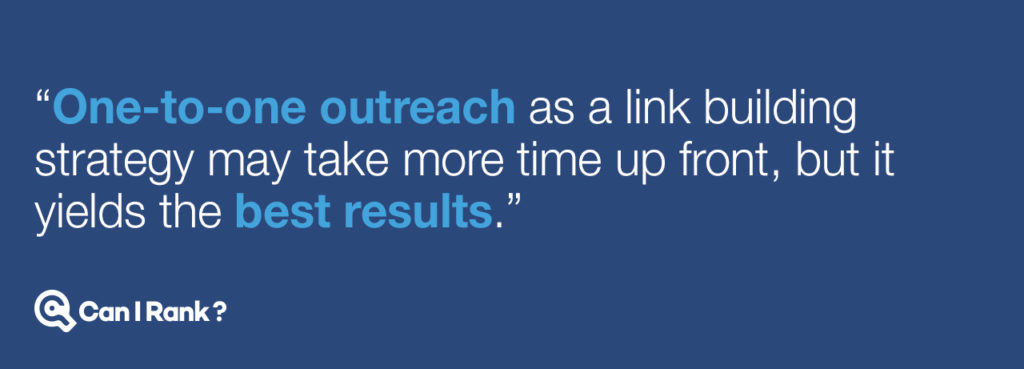


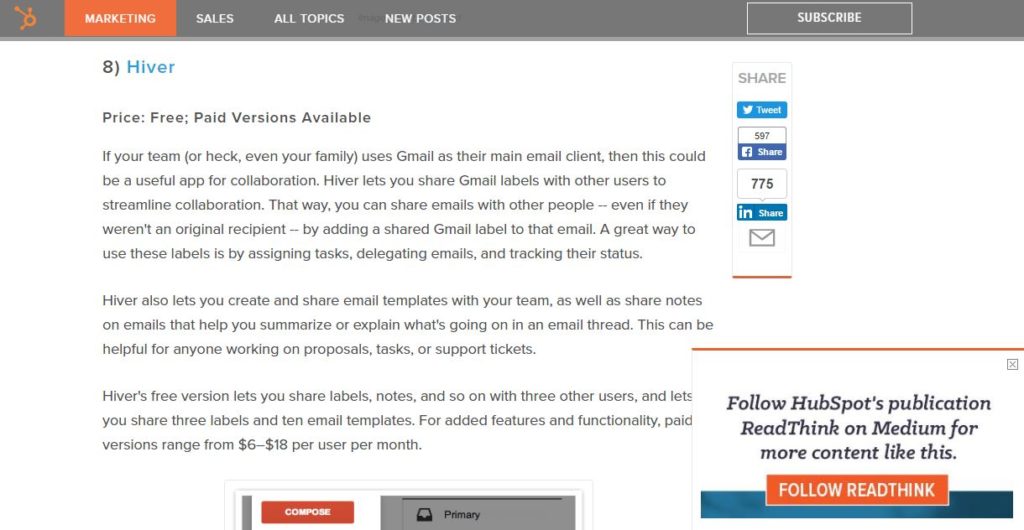

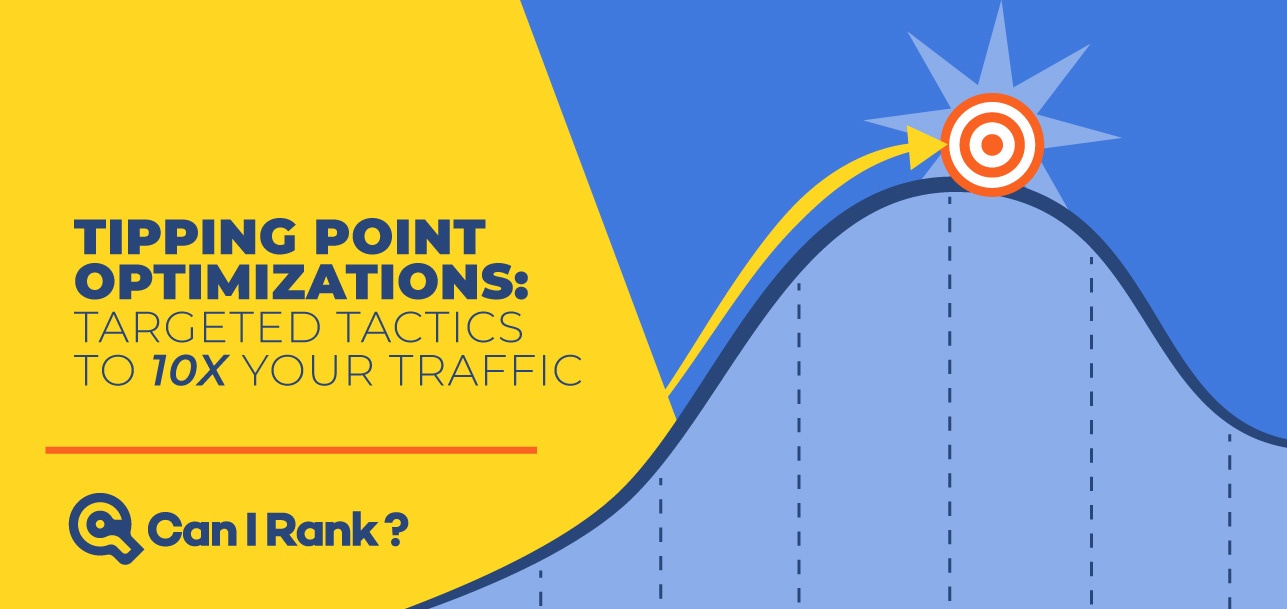
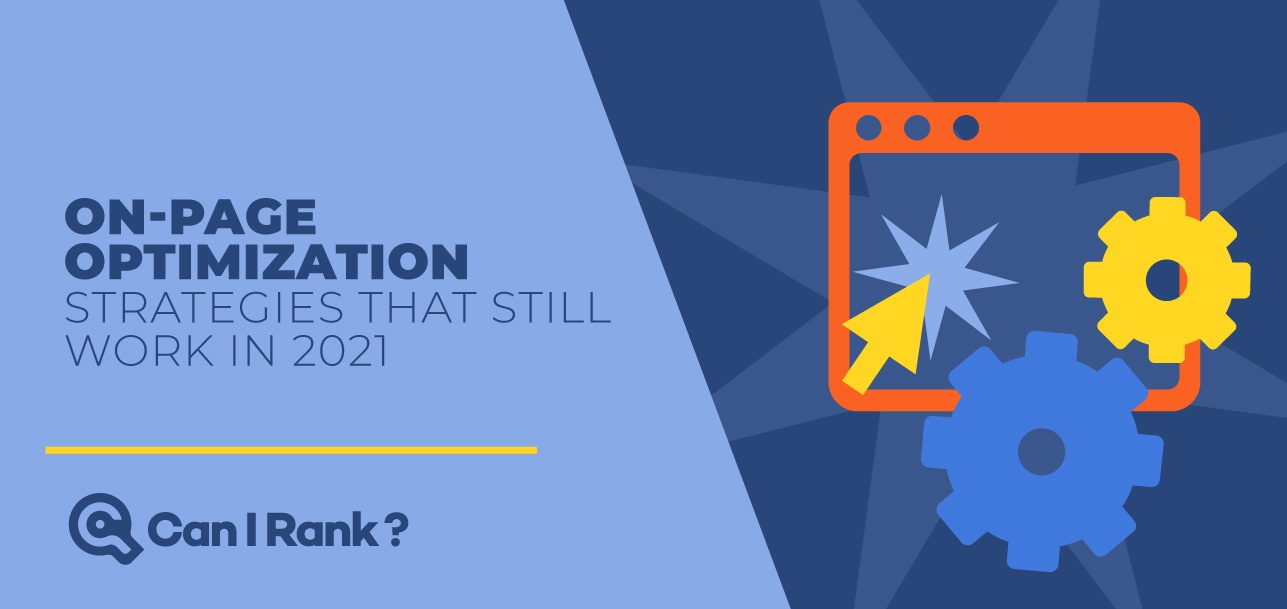
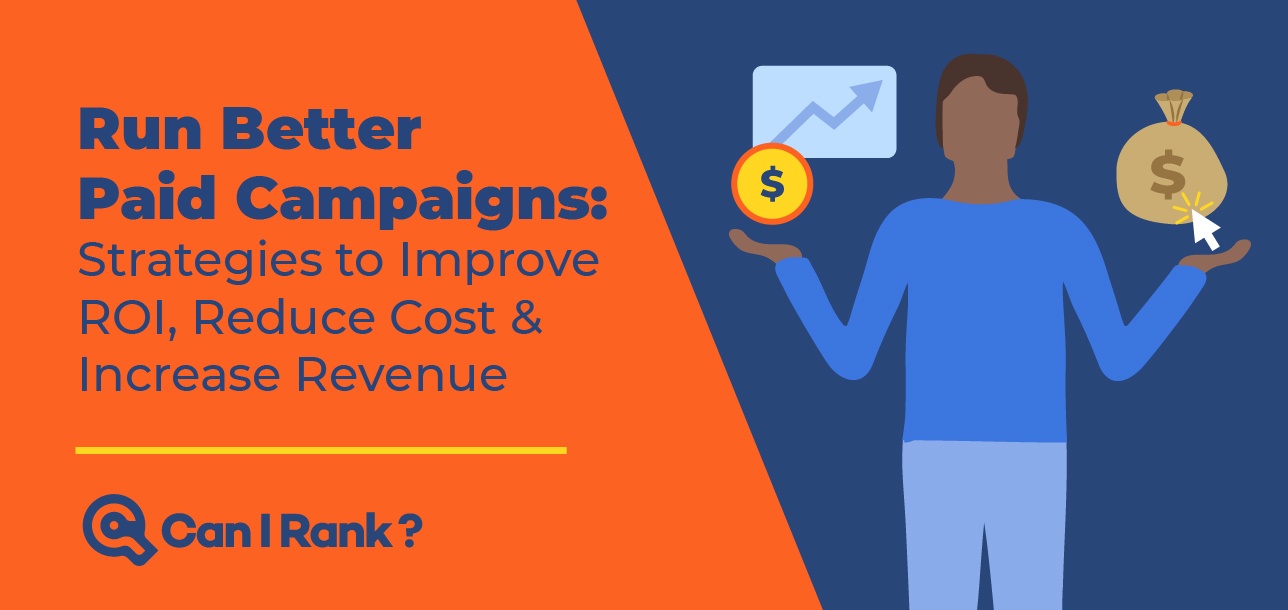
Great article with solid advice on proven backlink methods. I’m the SEO Manager for a SaaS company and in-market for predictive and smart SEO tools.. You may have just won a new client :)
Glad to hear it Elijah, let me know if you need any help!